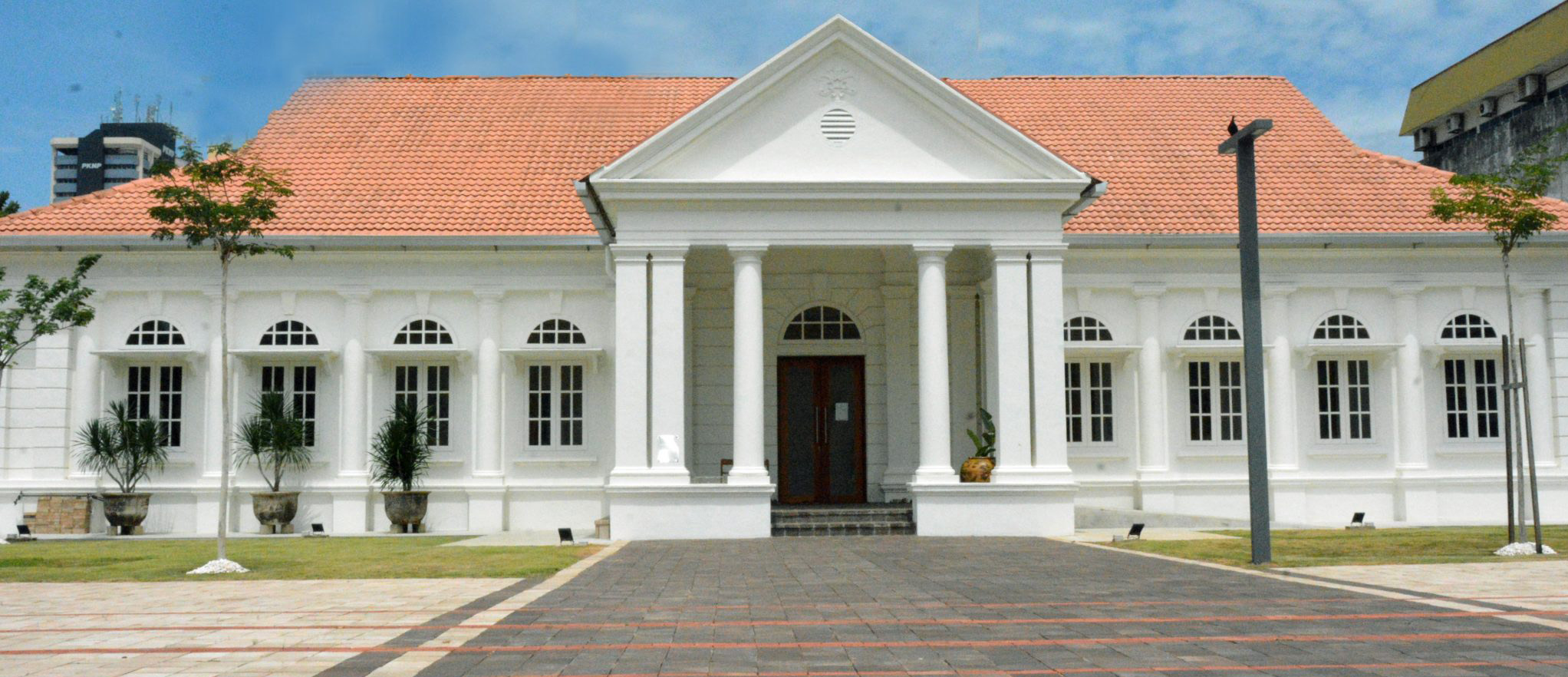What ʿĪsā ibn Hishām Told Us Or, A Period of Time, Volume Two Edited and Translated by Roger Allen
Publication details: New York NYU Press 2015Description: 404pISBN: 9781479862252Subject(s): Arabic literatureDDC classification: 892.714 Summary: What ʿĪsā ibn Hishām Told Us is a masterpiece of early twentieth-century Arabic prose. Penned by the Egyptian journalist Muḥammad al-Muwayliḥī, this highly original work was first introduced in serialized form in his family’s pioneering newspaper Miṣbāḥ al-Sharq (Light of the East) and later published in book form in 1907. Widely hailed for its erudition and mordant wit, What ʿĪsā ibn Hishām Told Us was embraced by Egypt’s burgeoning reading public and soon became required reading for generations of school students. Bridging classical genres and modern Arabic fiction, What ʿĪsā ibn Hishām Told Us is divided into two parts. Sarcastic in tone and critical in outlook, the first part of the book relates the excursions of its narrator, ʿĪsā ibn Hishām, and his companion, the Pasha, through a rapidly westernizing Cairo and provides vivid commentary on a society negotiating—however imperfectly—the clash between traditional norms and imported cultural values. The second half takes the narrator to Paris to visit the Exposition Universelle of 1900, where al-Muwaylihi casts a critical eye on European society, modernity, and the role of Western imperialism as it ripples across the globe. Paving the way for the modern Arabic novel, What ʿĪsā ibn Hishām Told Us is invaluable both for its insight into colonial Egypt and its pioneering role in Arabic literary history.| Item type | Current library | Call number | Status | Date due | Barcode |
|---|---|---|---|---|---|
 Books
Books
|
Annexe Office Annexe | 892.714 (Browse shelf (Opens below)) | Available | 2025-0147 |
What ʿĪsā ibn Hishām Told Us is a masterpiece of early twentieth-century Arabic prose. Penned by the Egyptian journalist Muḥammad al-Muwayliḥī, this highly original work was first introduced in serialized form in his family’s pioneering newspaper Miṣbāḥ al-Sharq (Light of the East) and later published in book form in 1907. Widely hailed for its erudition and mordant wit, What ʿĪsā ibn Hishām Told Us was embraced by Egypt’s burgeoning reading public and soon became required reading for generations of school students.
Bridging classical genres and modern Arabic fiction, What ʿĪsā ibn Hishām Told Us is divided into two parts. Sarcastic in tone and critical in outlook, the first part of the book relates the excursions of its narrator, ʿĪsā ibn Hishām, and his companion, the Pasha, through a rapidly westernizing Cairo and provides vivid commentary on a society negotiating—however imperfectly—the clash between traditional norms and imported cultural values. The second half takes the narrator to Paris to visit the Exposition Universelle of 1900, where al-Muwaylihi casts a critical eye on European society, modernity, and the role of Western imperialism as it ripples across the globe.
Paving the way for the modern Arabic novel, What ʿĪsā ibn Hishām Told Us is invaluable both for its insight into colonial Egypt and its pioneering role in Arabic literary history.


There are no comments on this title.